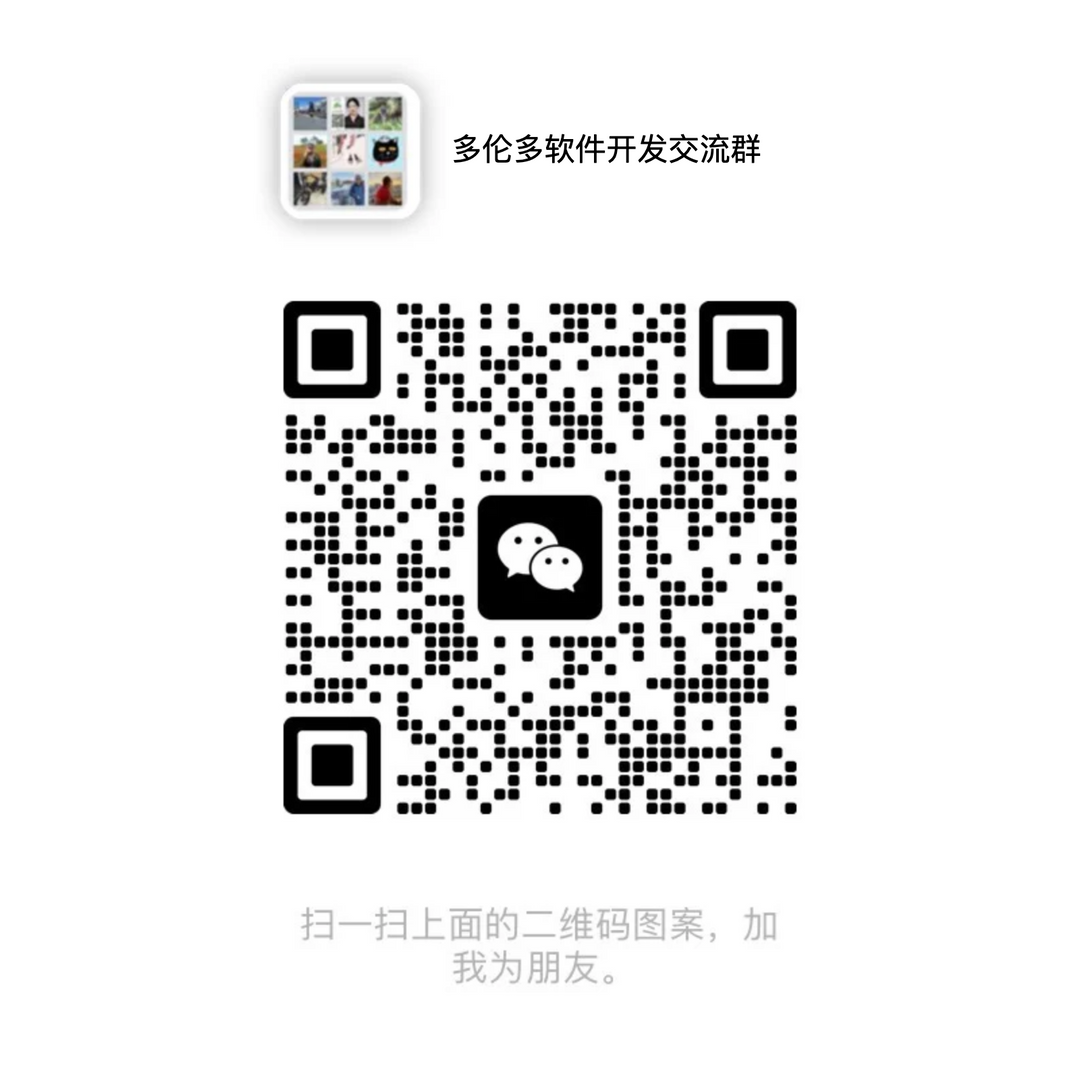Coastal Community's Crisis Preparation and Response Enhanced through Surf Forecasting and Tsunami Monitoring
2024-10-16
Disaster Preparedness through Integrated Surf Forecasting and Tides, Tsunami Monitoring, and Alerts
As the world grapples with increasing coastal erosion, storm surges, and tsunamis, it's essential to develop comprehensive disaster preparedness strategies that integrate multiple critical components. One such integrated approach is the use of surf forecasting and tides alongside tsunami monitoring and alerts. In this blog post, we'll explore how these interconnected systems can be leveraged for improved disaster response.
The Example: A Coastal Community's Crisis
Let's consider a fictional coastal community, "Sea Haven," which experiences frequent flooding due to storm surges caused by powerful hurricanes. The local government has been working with various stakeholders, including surf forecasting services and tsunami monitoring agencies, to enhance the community's preparedness for these events.
One key component of Sea Haven's disaster response plan is its partnership with a leading surf forecasting service. Every day, the service provides the community with accurate surf forecasts, including wave heights, currents, and beach conditions. This information helps residents and visitors prepare for potential flooding by taking necessary precautions, such as evacuating low-lying areas or securing belongings in buildings.
In addition to surf forecasts, Sea Haven has also established a tsunami monitoring system that includes sensors and early warning systems. These systems detect seismic activity and send alerts to the community through various channels, including:
- Mobile apps (e.g., "Tsunami Alerts" app) for residents and visitors to quickly access critical information
- SMS and email notifications sent directly from the tsunami monitoring agency
- Social media updates on official government and emergency management accounts
The alert dissemination channel is crucial in ensuring that everyone in Sea Haven receives timely warnings. The community has established a dedicated tsunamisocial media team, comprising local residents, who monitor the alerts system and respond to inquiries.
Integrated Alert Dissemination Channels
To maximize disaster preparedness, it's essential to have multiple alert dissemination channels available. Here are some of the key channels Sea Haven uses:
- Mobile Apps: The "Tsunami Alerts" app is a popular choice among residents, providing them with timely and accurate information.
- SMS Notifications: The tsunami monitoring agency sends SMS alerts directly to mobile phones in Sea Haven, ensuring that everyone receives critical warnings quickly.
- Social Media Updates: Official government and emergency management accounts on social media platforms provide updates and information during emergencies.
- Local News Outlets: Regular updates from local news outlets help disseminate important information to the community.
Benefits of Integrated Surf Forecasting and Tides, Tsunami Monitoring, and Alerts
By integrating surf forecasting and tides with tsunami monitoring and alerts, communities like Sea Haven can significantly enhance their disaster preparedness. Some key benefits include:
- Increased Timeliness: Multiple alert channels ensure that everyone in the community receives critical warnings quickly.
- Improved Communication: Integration of surf forecasts and tsunamisocial media team ensures that residents receive accurate information about potential threats.
- Enhanced Response Times: With multiple alert dissemination channels, response times are significantly reduced during emergencies.
In conclusion, integrating surf forecasting and tides alongside tsunami monitoring and alerts is a critical component of disaster preparedness. By leveraging these interconnected systems, coastal communities can significantly enhance their response to natural disasters. Disaster Preparedness through Integrated Surf Forecasting and Tides, Tsunami Monitoring, and Alerts: Benefits and Examples
| Benefits | ||
|---|---|---|
| Increased Timeliness | Multiple alert channels ensure timely dissemination of critical warnings. | |
| Improved Communication | Integration of surf forecasts and tsunamisocial media team ensures accurate information about potential threats. | |
| Enhanced Response Times | Reduced response times during emergencies, significantly improving community resilience. |
Case Studies: Success Stories in Coastal Communities
- Sea Haven, a fictional coastal town, has successfully implemented an integrated disaster preparedness system that includes surf forecasting and tides alongside tsunami monitoring and alerts.
- The Great Barrier Reef, a popular tourist destination, uses advanced monitoring systems to detect tsunamis and alert residents and visitors through multiple channels.
Best Practices for Implementing Integrated Surf Forecasting and Tides with Tsunami Monitoring and Alerts
| Step | ||
|---|---|---|
| Conduct Thorough Risk Assessments | Identify potential hazards and vulnerabilities in the community. | |
| Establish Communication Channels | Develop partnerships with relevant stakeholders, including surf forecasting services, tsunami monitoring agencies, and emergency management bodies. | |
| Implement Multiple Alert Dissemination Channels | Utilize a combination of mobile apps, SMS notifications, social media updates, and local news outlets to ensure timely dissemination of critical warnings. |
Key Considerations for Effective Implementation
- Collaboration: Foster partnerships between stakeholders to leverage expertise and resources.
- Flexibility: Develop systems that can adapt to changing conditions and priorities.
- Data-Driven Decision Making: Ensure that data-driven decisions are made based on accurate information.
